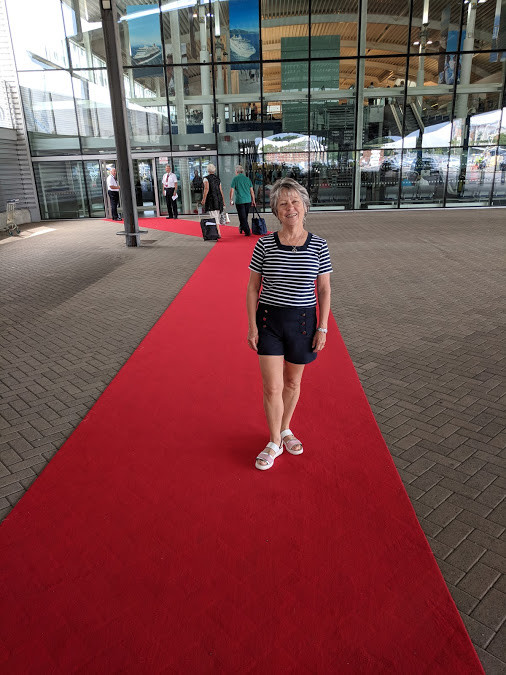A day out at Coney Island, aka ‘Bedlam by the Sea,’ provided a respite for the urban masses. The ocean and the beach were made accessible thanks to the famous Boardwalk lined with restaurants and food stands including the five-cent hot dogs from ‘Nathan’s Famous.’ Other diversions included dime museums, concert halls, dance pavilions, sideshows, circuses, firework displays, games of chance, an aquarium and the widely popular Buffalo Bill’s Wild West Show. Three amusement parks offered ‘ten hours fun for ten cents’ where visitors could have a go on the Human Roulette Wheel, visit Dr Courney’s Infant Incubators, see the 60-ton Captive Whale and experience Dwarf City with its own Lilliputian Fire Brigade. Importantly, this recreation could be enjoyed in a more casual and relaxed atmosphere than was possible in the dreary tenements.
Writers have long held differing views about the Coney ‘experience.’ For some, Coney was a symbol of the best of America’s democratic nature, while others described it as a site of blighted dreams, urban decay and an escape valve for frustrations that would otherwise become politicised. As Lewis Mumford wrote in The City,
“The urban worker escapes the mechanical routine of his daily job only to find an equally mechanical substitute for life and growth and experience in his amusements… the Coney Islands are means of giving jaded and throttled people the sensations of living without the direct experience of life …”
Lauren Rabinovitz takes this point further, analysing the success of Coney in terms of how it acclimatised people to modernity and living in an urban-industrial society. The outrageous architecture and brilliant electrical displays dazzled and helped to win popular consent to being part of the new mass society. Aspects of the industrial age were employed to create the new forms of entertainment and the rides, chutes and wheels became more extravagant in terms of sensationalism, unreflective mental and physical reaction. This hyperstimulation was reflective of the nervous energies of New York.


It was certainly a new kind of social space combining technology, mass leisure, consumption and pleasure. Disaster shows became a playground for more and more virtual realities, spectacularising modern technology and its power to resolve problems brought about by modern living conditions. Thus ‘apocalyptic entertainment’ was a great favourite at Coney and fire spectacles were big business!
In the Fighting the Flames show, two thousand people were employed in the production. Fireman slid down brass poles, horses and machines were hitched and real people jumped from hotel bedrooms to escape the ‘real’ fire!

But imagine my consternation when further research showed just how on the mark Lauren Rabinovitz was in saying Coney’s attractions acclimatised people to urban-industrial conditions – I stumbled upon The Triangle Factory Fire 1911.




























